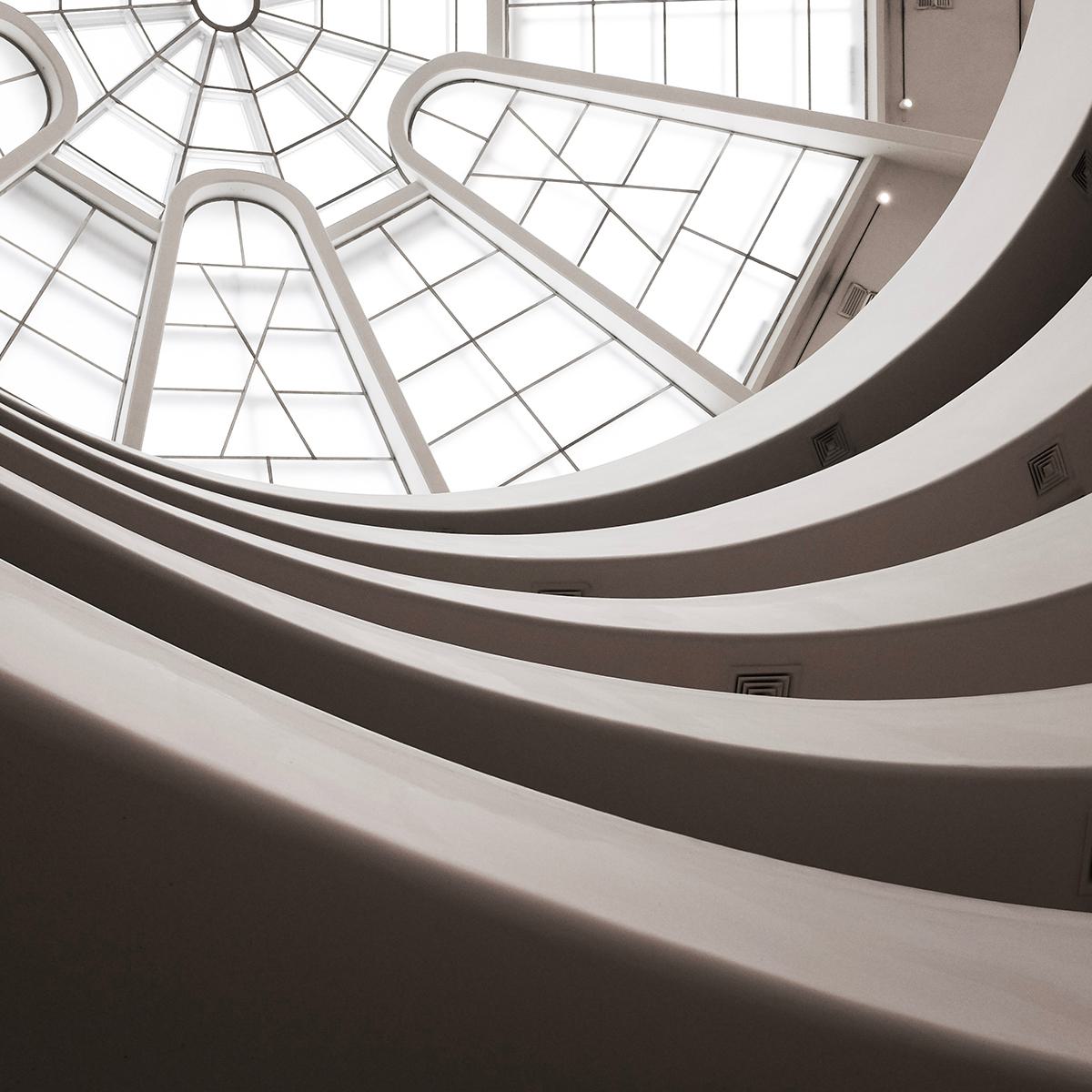Building a Forward-thinking Digital Home to Honor a Visionary’s Legacy
Learn how we brought to life a robust website and digital marketing program for the Frank Lloyd Wright Foundation — all rooted in the legendary architect’s design principles.

Designing a new website for the Frank Lloyd Wright Foundation is an intimidating prospect. How do you create a digital home whose scope must not only entail the life and work of the 20th century’s most celebrated architect but also the vitality of his legacy and its relevance to contemporary life, art and culture? Casual Astronaut was entrusted with this challenge — and unsurprisingly, we found the answers to our questions and inspiration in Wright and his work.
The resulting site, built on user-friendly WordPress, reflects Wright’s design philosophies in both its aesthetic and its clear, easy navigation — nothing is superfluous, everything is intentional. To complement the site, we also created content-fueled digital marketing campaigns focused on drawing visitors to Wright’s landmark Taliesin West, as well as a digital kiosk to further immerse visitors in Wright’s visionary genius.
Design
Just as Wright embraced simplicity, the Foundation’s new website embraces this maxim with a clean, white canvas that allows his vision to shine as the focus. Lavish photography of the architect’s work is given room to breathe, and visitors to the site are given the space in which to contemplate his life and legacy. Sparing use of Wright’s signature red draws attention and entices users to click, while subtle uses of sky blue and prairie-field greens evoke Wright’s love of nature. And the geometric shapes that inspired and grounded so much of the architect’s work punctuate headlines and other key elements.
The site’s components and pages can be mixed and matched based on changing needs, and a new content hub, The Whirling Arrow, serves as an online resource offering news and in-depth information that underscore the relevance of Wright’s legacy to how we live today.



Results nine months post-launch
Digital Marketing
Our work didn’t end when the site went live. Currently, C/A continues to manage digital advertising campaigns across a variety of channels — geofencing, social media, paid search, display and native — to drive visits to Taliesin West. These seasonal campaigns leverage captivating images of the property and design elements culled from the website, and drive prospective visitors to landing pages where they can purchase tickets to tour Wright’s winter home. All efforts have detailed tracking in place, allowing our team to optimize the campaigns and focus the media budget on the channels that truly convert.












